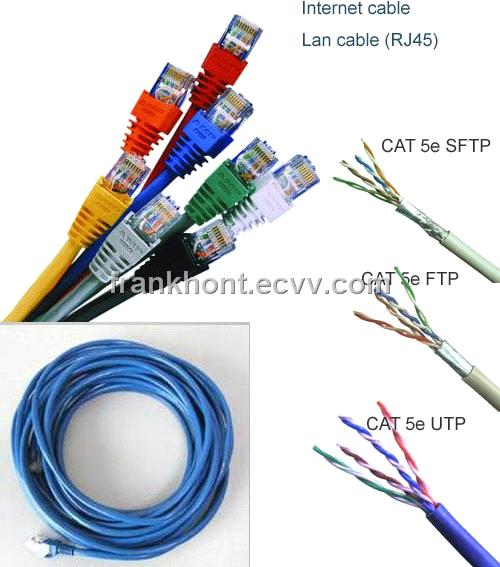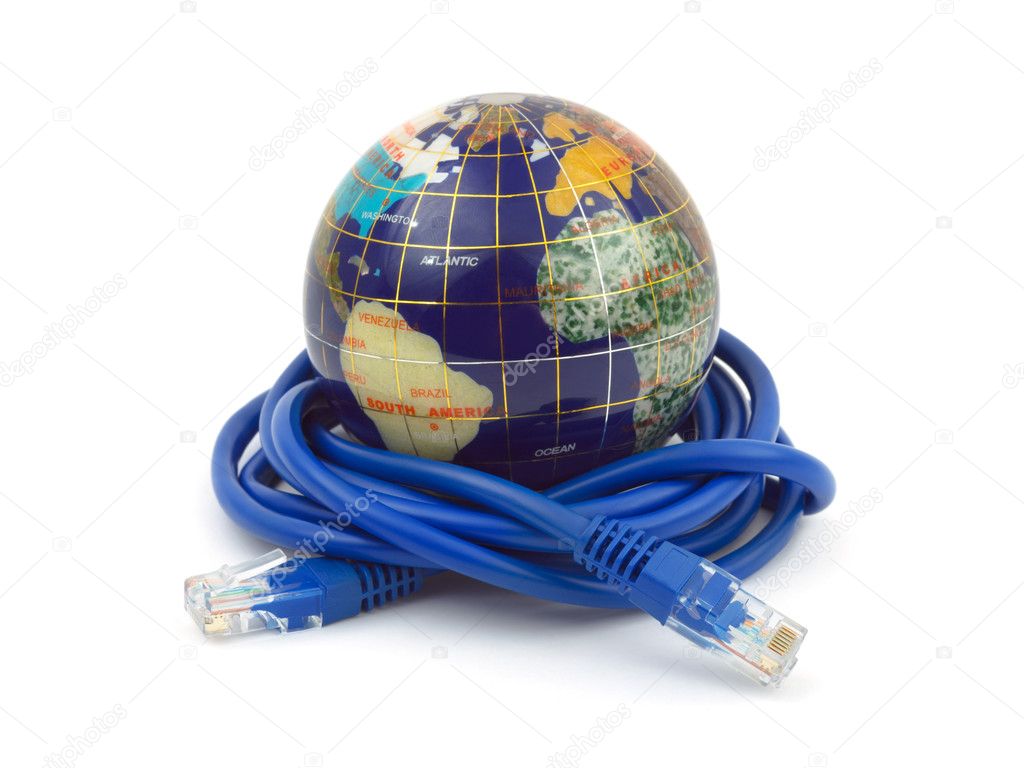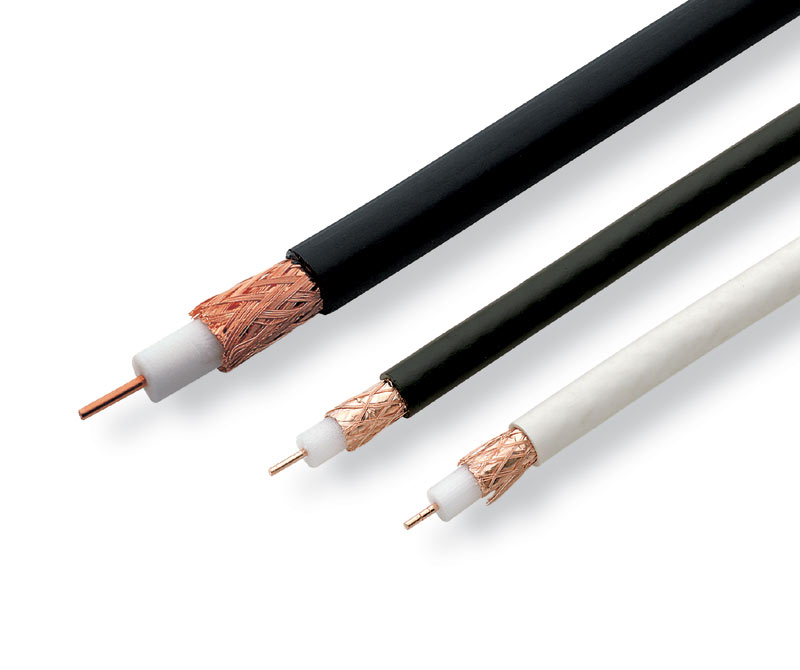Internet Cable Details
Inside the ethernet cable, there are 8 color coded wires. These wires are twisted
into 4 pairs
of wires, each pair has a common color theme. One wire in the pair being
a solid or primarily solid colored wire and the other being
a primarily white wire with a colored stripe (Sometimes
ethernet cables won't have any color on the striped wire, the only
way to tell which is which is to check which wire it is twisted around). Examples
of the naming schemes used are: Orange (alternatively Orange/White) for
the solid colored wire and White/Orange for the striped cable.
The twists are extremely important. They are there to counteract
noise and interference. It is important to wire according to a standard
to get proper performance from the ethernet cable. The TIA/EIA-568-A specifies two wiring
standards for an 8-position modular connector such as RJ45. The two wiring
standards, T568A and T568B vary
only in the arrangement of the colored pairs. Tom writes to say "...sources
suggest using T568A cabling since T568B is the
AT&T standard, but the US Government specifies T568A since it matches USOC
cabling for pairs 1 & 2, which allows it to work for 1/2 line phones...".
Your choice might be determined by the need to match existing wiring, jacks or
personal preference, but you should maintain consistency. I've shown both below for straight
through cabling and just T568B for crossover cabling.
Internet Cable
Internet Cable
Internet Cable
Internet Cable
Internet Cable
Internet Cable
Internet Cable
Internet Cable
Internet Cable
Internet Cable
Internet Cable
Internet Cable
Internet Cable
Internet Cable
Internet Cable
Internet Cable
Internet Cable
Internet Cable
Internet Cable
Internet Cable




















No comments:
Post a Comment